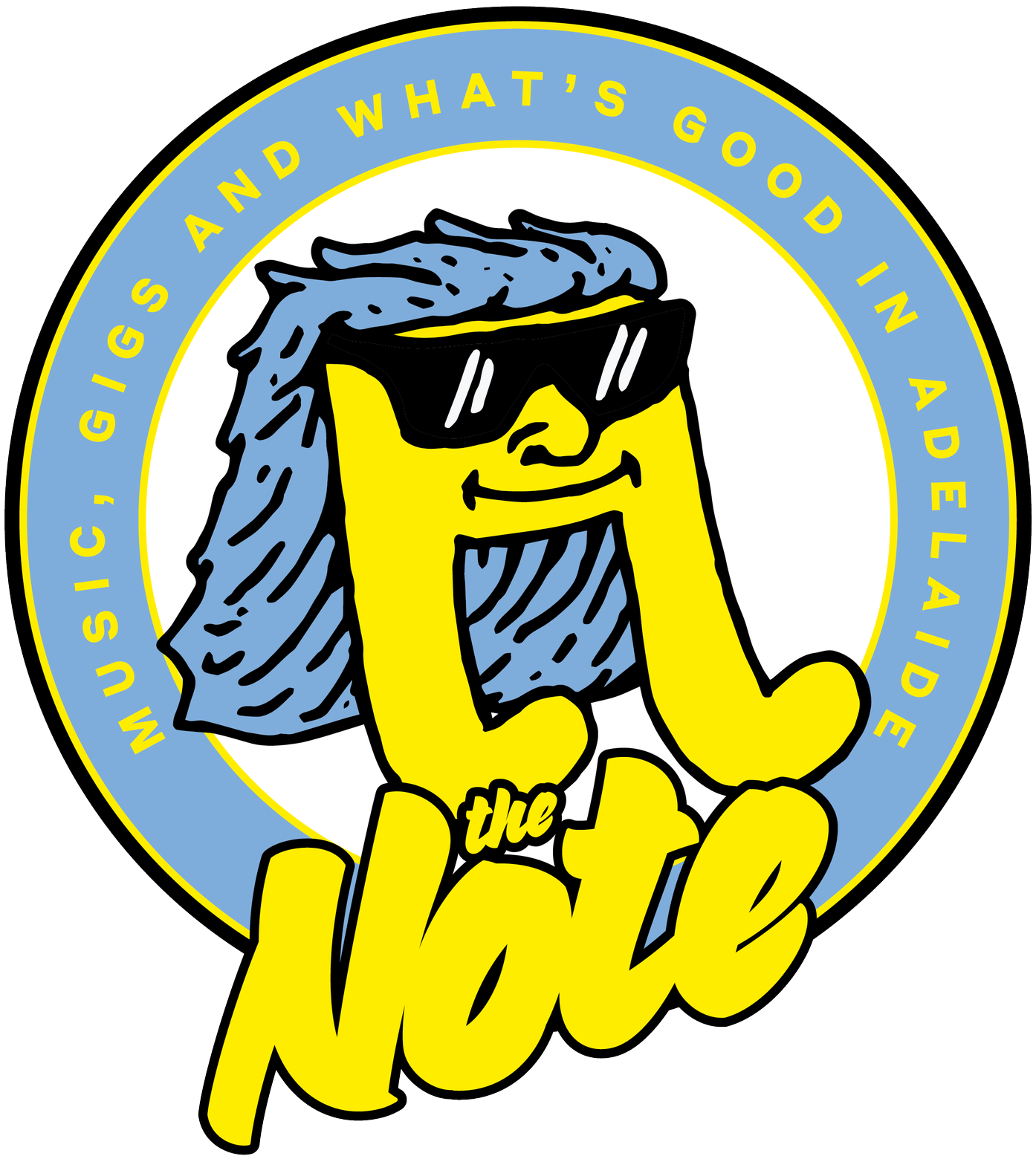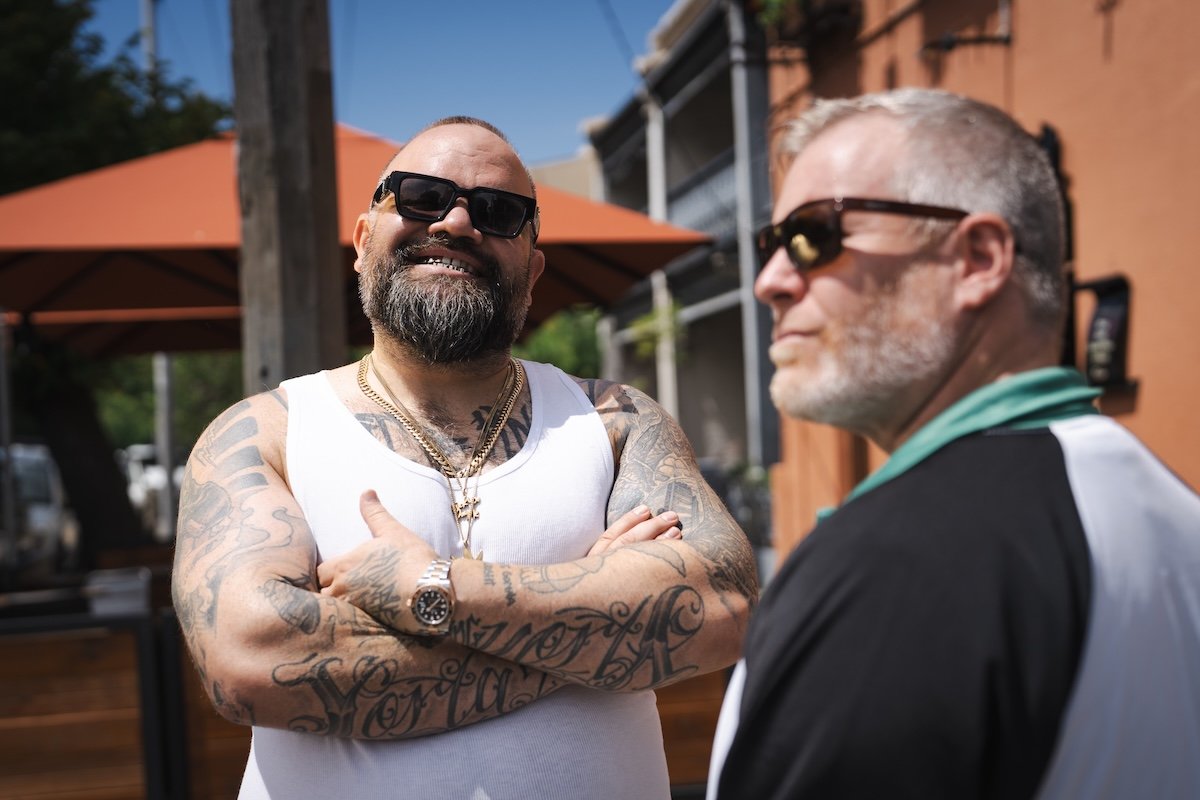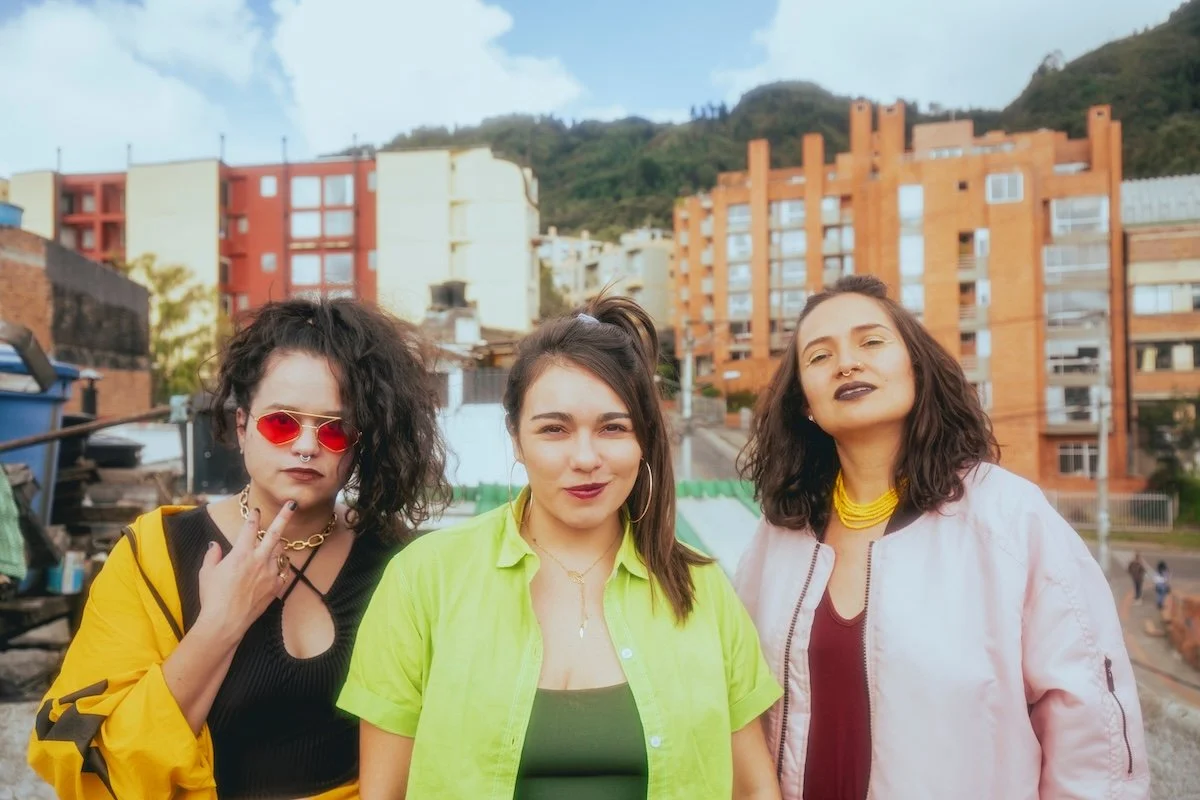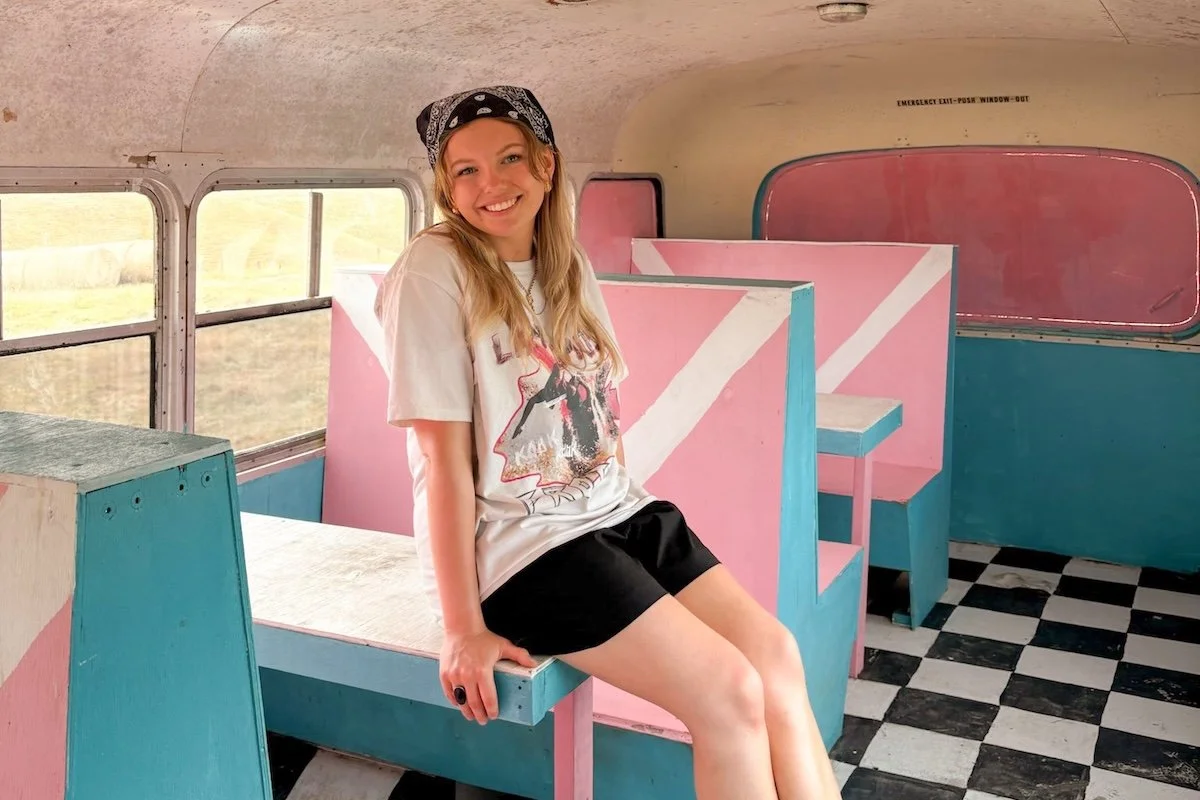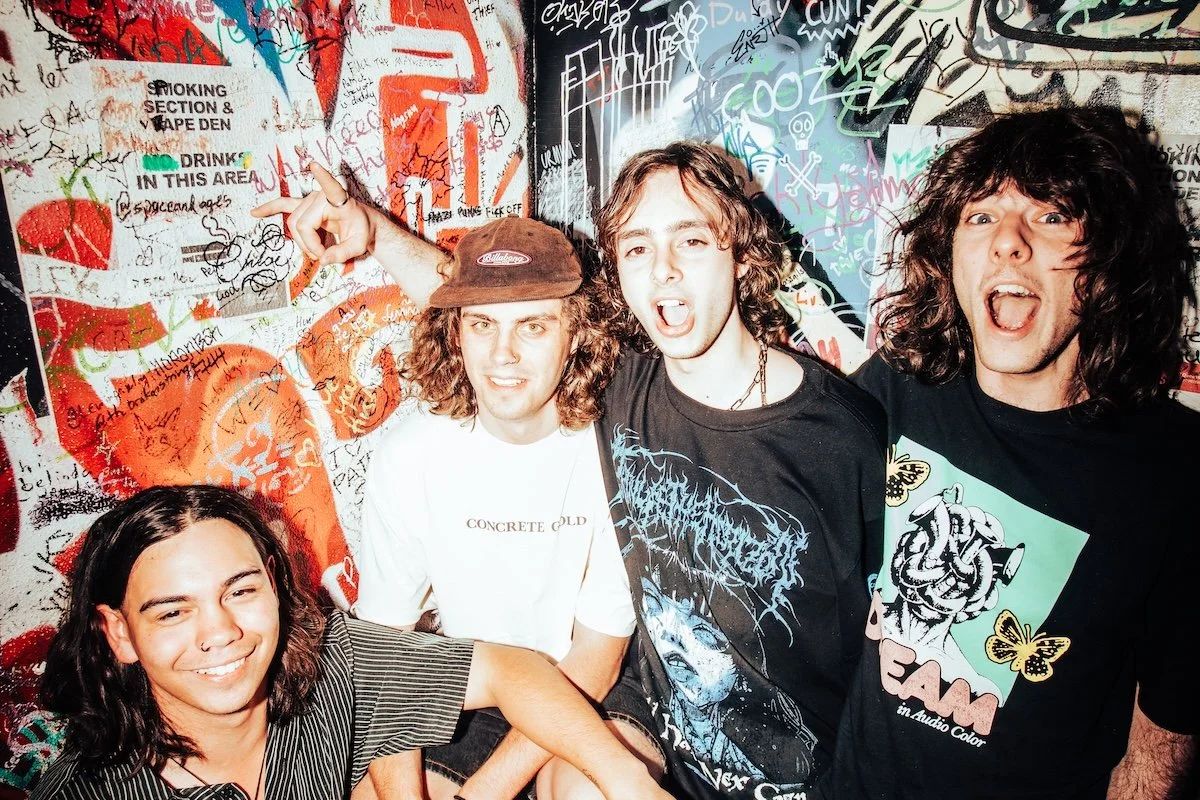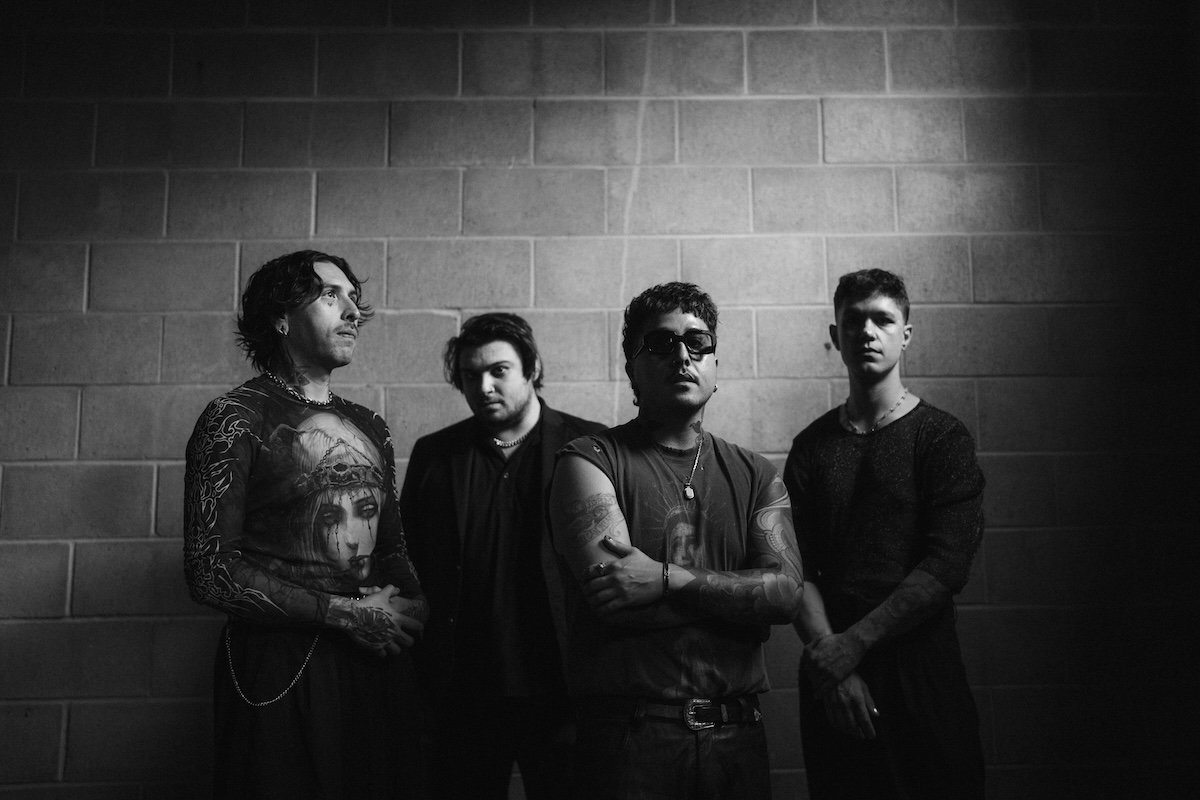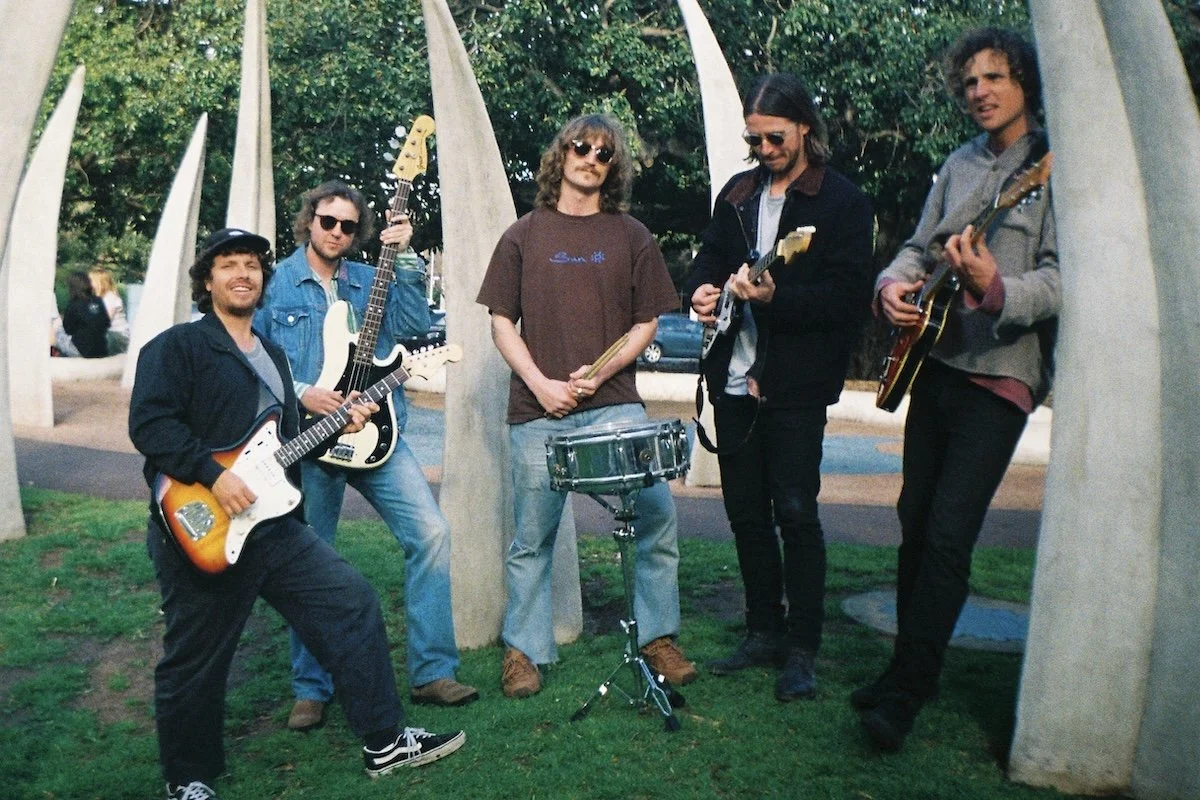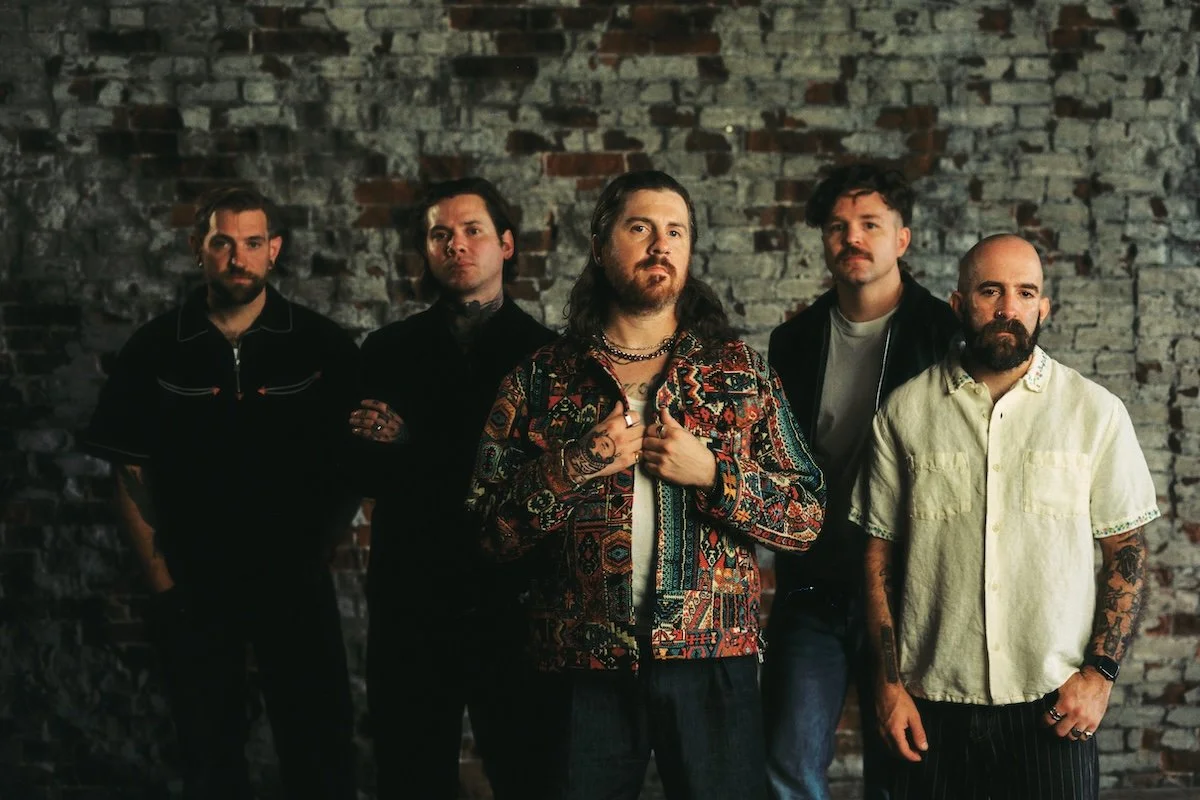Big Noter: Power + Pivot
Yorta Yorta and Wurundjeri music icon Briggs unleashes Big Noter – a hardcore project pulsing with raw energy and full-circle freedom. Ahead of its Future Sounds debut, he reflects on impact, intent and never muting his message.
Interview Zara Richards // Image supplied
Briggs, we’re very keen to hear about your new hardcore project, Big Noter! You’ve described it as a return home in a sense – a return to the sounds that first grabbed you as a teenager. Why was now the right time?
I’ve been doing rap music the same way for 10 to 15 years [while] still keeping up with punk, hardcore and metal – I just don’t play it. People would see me at shows and be like, ‘What are you doing here?’. But I spoke to my mate Steve [Smith] and said I want to do something more – for lack of a better term – Rage Against The Machine-style for the next Briggs record. He told me about this guy living on the coast in New South Wales who engineered two [Rage] records called Nick Didia. [So], I contacted him.
That’s how it all started – it was really organic. I just wanted to make something different. With any music I do, I always try to do something that’s not happening. I don’t like to follow the crowd, I try to set myself apart.
Why did you want Big Noter to live in a separate identity outside of what you built as Briggs?
I wanted it to live by itself – to give it its own personality – because it is its own sound. It really started when we hit the studio. On the first album, all the music parts were recorded within a week by four of us, with me playing co-producer with Nick. That’s when everything started to take shape.
The collaborative effort was really important to me. I’m very much the conductor of it – if I can’t hear myself on it, I’m like, ‘move on’. But it was a very punk rock kind of ethos, where it was like, don’t overthink the songs, We need to get in, do the songs and get out. I don’t want to hang out here and nerd out. I just want to do the track.
Tell us more about your first single, ‘Identity’. Why was this the track to introduce the world to Big Noter?
It was pretty much the first one we recorded, so it was the first one done. It’s also a good representation of the sound and the attitude [of Big Noter]. It’s the nicest track we have – definitely the most accessible track as well. So [I’m] trying to bridge that gap between what people expect from me and showing them where we’re going. Every record I make is a time capsule of how I’m feeling at that moment.
The potent messages you’re known for haven’t been sacrificed on this song either; your lyrics cut as deep as they do under Briggs. Tell us about writing music for a purpose and personal enjoyment – does it come from the same place inside you?
One scratches the other. If I’m not saying something worthwhile, I’m not really enjoying it. Everything I do has the balance of having fun and delivering something potent that rings true and makes a deeper connection.
In this genre of music – hardcore punk – there’s not a lot of Indigenous representation, especially someone who has my platform who can say these sorts of things. So, people haven’t heard of these kinds of concepts in this genre. I get a kick out of that – that’s fun for me.
You mentioned a Big Noter album before – what can you tell us?
I’m excited about releasing this project as a whole piece of art. [It’s me] exploring different sounds, exploring different ways of delivering my message and writing songs in a different way.
The response we’re already getting has been immense. All my peers are digging it, and [there are] opportunities to do Europe with Amyl & The Sniffers. So, to see what happens after the album drops – how people digest this, and having another avenue to express myself – is exciting.
I think [Nick and I] taught each other a lot [on this album]. He’s been making records since before I was born. I didn’t look at his resume until after the fact, but there are names like [Bruce] Springsteen on there. Very impressive, and he’s a really cool guy. I’m a real sponge for that kind of knowledge, and he has 1000 stories. Learning [his] different ways to write… and his more rock ethos… on the technical side has been a really fun process for me.
READ MORE: Still Wild, Still Wolfmother
What will you carry with you as an artist from this album?
Being more collaborative in the process and letting things go. I have also learned, with Nick, about the potency of lyrics and what you want to say. If you listen to everyone’s favourite Rage song – ‘Killing in the Name Of’ – it’s not that lyrical. It’s almost like a mantra. ‘Some of those that work forces / Are the same that burn crosses’ is repeated. It’s really interesting. ‘Those who died are justified / For wearing the badge / They’re the chosen whites’ is then repeated. I get shivers now thinking about those words because they’re still so relevant. Not that I feel like I’ve hit anything like that yet, but now I’m really keen to jump back in the studio again and make another [album].
You’re a kid of the ‘90s. What first interested you in this genre?
My two heroes growing up were Slash and Ice Cube. In the late ‘80s, America had really figured out how to sell itself to the world. We were bombarded with Michael Jordan, Michael Jackson, the NBA, video games and action film after action film.
And everything was kind of dangerous – music was dangerous. It was cool, and I was drawn to those things. I was a little boy in Shepparton in country Victoria, so being bored was the worst thing in the world. Anything that stopped me from being bored – anything that looked the furthest from what I was experiencing – was paramount to my entertainment. So I think that’s what drew me to it – it was absolutely nothing but syrup.
People like Limp Bizkit would’ve been on the rise too...
I was their prime target. I was a 14-year-old angry for what, you know? My favourite rappers were in all the video clips as well – Dr. Dre was in [‘Break Stuff’], which was the biggest co-sign you could ever get. Good luck escaping that, it had me in a straight-up chokehold. Any music you discover at that age becomes your entire personality. Everyone cringes at their youth and what they liked, but I’m like, ‘Whatever, fuck it’. I was into professional wrestling and Limp Bizkit. I was a product of that time. I still like Limp Bizkit and professional wrestling. I am a product of that time. It’s just now I like other things too – like nice restaurants.
Big Noter makes its South Australian debut this month at Future Sounds – a festival of unapologetically fresh artists. What should we expect from your set?
It’ll be energy. [Big Noter is] a band – a classic, straight up-and-down four-piece band. I take a lot of cues from everything that I like. We’ve spoken about Limp Bizkit, but I also really like raw Motörhead-style [music that’s] straight down the line. Not a lot of bells and whistles. It’s very much in your face and unapologetic as everything else I do, but it’s a lot of fun, too. That’s the main thing – I want everyone to be able to come through to the show, get their feelings out – safely and responsibly – but also leave with a smile on their face.
Big Noter plays Future Sounds alongside Shady Nasty, Bones & Jones, Witch Hunt and more this June 14 at UniBar Adelaide. Tickets on sale now via moshtix.com.au.
